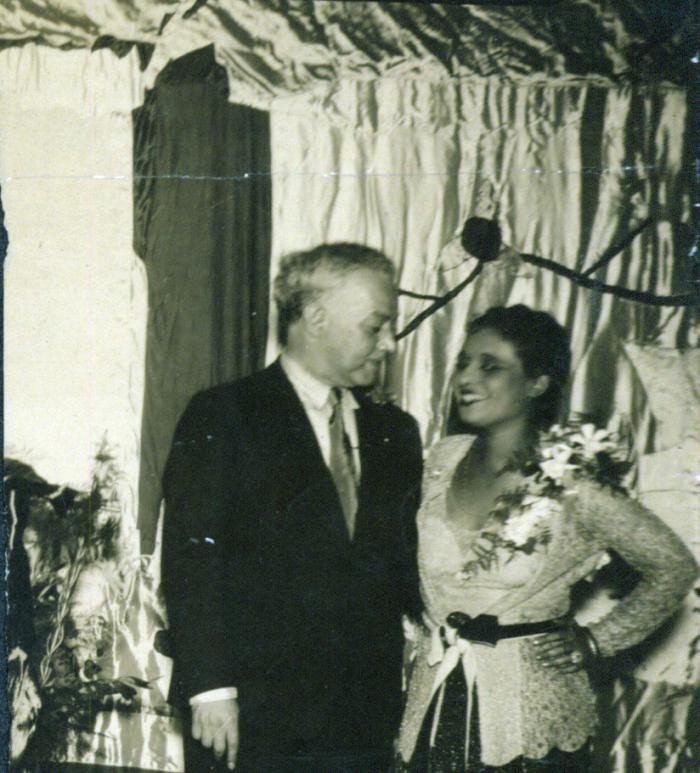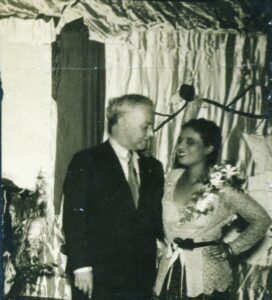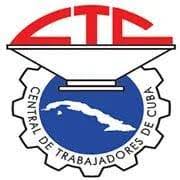To the Chief Town Crier .


Rita Montaner immortalized with her voice one of the most iconic pieces of Cuban music. To speak of El Manisero, then, is to evoke the man who, with his lyrical mastery, musical dexterity and everlasting Cubanness, bequeathed to the island’s culture a song that transcended the frontiers of space and time.
Baptized by history as Moisés Simons, the outstanding composer, pianist and orchestra conductor Moisés Simón Rodríguez was born on August 24, 1889 in Havana. He developed his technical training at the age of 15, when he studied composition and counterpoint and by 1906 he already had his own orchestra for variety shows in different Havana theaters and later directed the musical group of the Tivolí amusement park in Palatino.
During the 1920s he performed with his orchestra at the Baile de los Mantones at the Casino de la Playa, entertained at the Havana Yacht Club, offered a Typical Cuban Concert at the National Theater and premiered, on a tour of Puerto Rico, with the Compañía de las Bárcenas, the song Guateque, with text by Alejo Carpentier. And in 1928 he rose to fame as a composer, when the voice of Rita Montaner made El manisero one of his most recognized musical themes.
By the following year and thanks to the interpreter Antonio Machín, the popularity of the song skyrocketed in New York City and while he continued to reap success, he premiered his comedy Niña Mercé at the Calderón Theater in Madrid and A una rosa and Los tres golpes in the city of Paris.
The popular son-pregón graced the Metro Goldwyn Mayer film The Cuban Song in Hollywood, thanks to Ernesto Lecuona, and by 1950 El manisero made history again when Judy Garland herself interpreted a fragment of the song in her film A Star Is Born.
In September 1932 he offered two typical Cuban concerts with well-known artists such as María Cervantes, María Ruiz, Esther Borja, Ernestina Lecuona, the Tercetto Apolo and the Septeto Anacaona and on October 18, 1934 he premiered his most famous operetta Toi c’est moi in Paris, where it exceeded four hundred performances. This success was repeated in Madrid and Barcelona in 1944 and 1945, respectively.
On February the 22nd, 1943 he was, together with Ernesto Lecuona and Eliseo Grenet, one of the three great figures honored by the Tourism Corporation at the Auditorium Theater, where they were presented with medals and diplomas in recognition of their artistic career and the renowned sopranos Esther Borja, Luisa María Morales and Rita Montaner, among other artists, performed his most popular songs with the piano accompaniment of their creators.
During his stay in Santa Cruz de Tenerife and La Coruña, both he and the tenor Hipólito Lázaro were positively received by the press. In Madrid he was hired to score the film Sambú, with the stellar performances of actresses and singers Imperio Argentina and Celia Gámez, for whom he wrote the also recognized Hoy como ayer. Unfortunately, when Paris was his new destination, death surprised him on June the 28th, 1946 in the Spanish city of Madrid and his remains were buried in the cemetery of San Lorenzo.
Some 40 operettas, more than one hundred scores of dissimilar genres and a vast repertoire of musical hits were left behind by the man who left for immortality at only 56 years of age and contributed with his talent to enhance the culture, idiosyncrasy and musical history of our country and the world.
Written by Yadiel Barbón Salgado.




